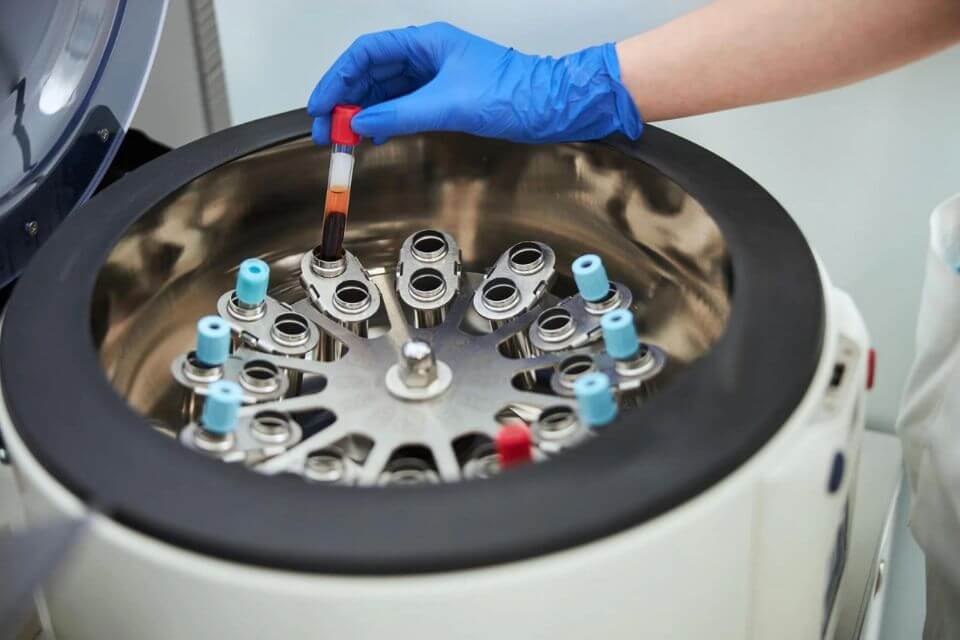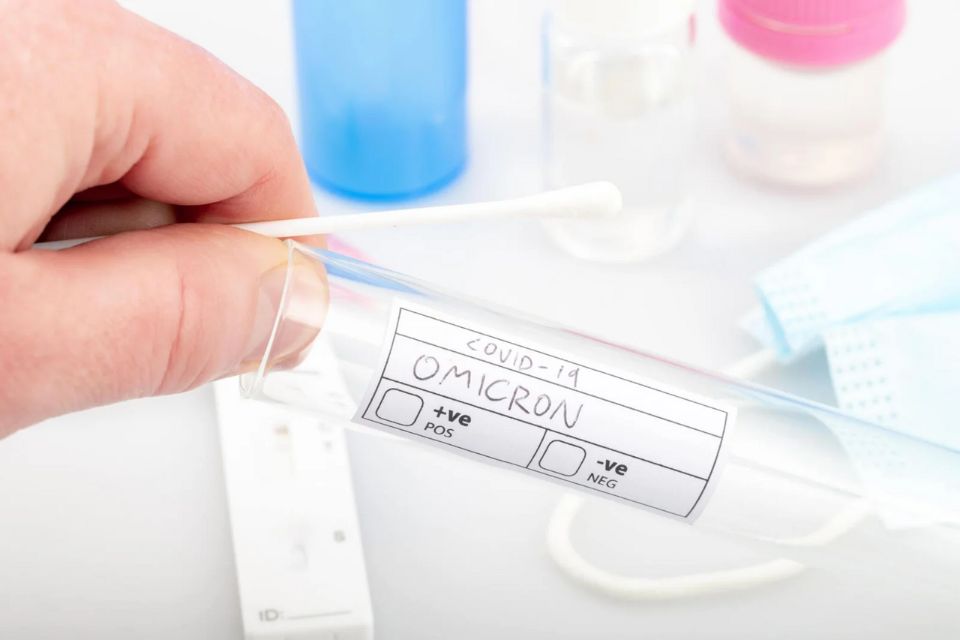Viral Transport Media: Guardians of Viral Integrity in Transit

Viral transport medium (VTM) is an essential component in the field of virology, playing a crucial role in the collection, preservation, and transportation of clinical specimens containing viruses. Its importance extends across various domains, including diagnostic testing, epidemiological studies, and research endeavors aimed at understanding viral pathogenesis and developing effective treatments and preventive measures.
The primary objective of a VTM is to maintain the viability and integrity of viruses during the critical period between sample collection and laboratory processing. This is particularly crucial when samples need to be transported over long distances or when there is a delay in testing, as viruses are delicate entities that can rapidly degrade or become inactivated under suboptimal conditions.
The composition of a VTM is carefully designed to provide an optimal environment for viral survival and stability. While specific formulations may vary depending on the intended use and the type of virus being studied, most VTMs share common components that contribute to their efficacy.
One of the key components of a VTM is a buffering agent, which helps maintain the desired pH range. Viruses are highly sensitive to changes in pH, and even minor deviations can compromise their structural integrity and infectivity. Common buffers used in VTMs include phosphate-buffered saline (PBS) or Hanks' balanced salt solution (HBSS), which provide a stable and physiologically compatible environment for viral particles.
Protein sources, such as bovine serum albumin (BSA) or gelatin, are another essential component of VTMs. These proteins serve two primary functions: first, they help protect viruses from desiccation and mechanical stress during transport, acting as a protective barrier against environmental factors that could potentially damage or inactivate viral particles. Second, they aid in maintaining the structural integrity of viral particles, ensuring that their delicate surface proteins and other components remain intact.
To prevent the growth of bacteria and fungi, which could potentially interfere with viral detection or viability, VTMs often incorporate antimicrobial agents. Antibiotics, such as gentamicin or amphotericin B, are commonly used for this purpose, effectively inhibiting the proliferation of microbial contaminants that could compromise the integrity of the viral sample.
In some cases, VTMs may also contain cryoprotectants like glycerol or sucrose. These compounds help protect viruses from damage during freezing and thawing cycles, which is particularly important when samples need to be stored or transported at low temperatures. Cryoprotectants act by preventing the formation of ice crystals, which can disrupt viral structures and lead to inactivation.
The choice of a specific VTM formulation is often dictated by the type of virus being studied or tested for, as well as the sample type. For example, VTMs used for respiratory viruses may differ in composition from those used for enteric viruses or viruses that infect other body systems. Similarly, the optimal VTM formulation for nasopharyngeal swabs may not be the same as for throat swabs or other respiratory specimens.
In addition to the composition of the VTM, proper collection, handling, and storage of samples are equally important to ensure viral viability and accurate test results. Guidelines and protocols are typically provided by diagnostic laboratories or research institutions to ensure that samples are collected and transported under appropriate conditions.
One of the most critical aspects of sample handling is temperature control. Many viruses are highly sensitive to temperature fluctuations, and exposure to extreme temperatures can lead to rapid inactivation or degradation. As such, samples are often transported in insulated containers or coolers with ice packs or dry ice, depending on the specific requirements for the virus being studied.
Upon arrival at the laboratory, samples are typically processed as soon as possible to minimize any further degradation or loss of viral viability. Depending on the intended use, samples may undergo various analytical procedures, such as viral culture, molecular testing (e.g., polymerase chain reaction (PCR) or next-generation sequencing), or immunological assays (e.g., enzyme-linked immunosorbent assays (ELISAs)).
The role of VTMs extends beyond diagnostic testing and encompasses various research applications in virology. In epidemiological studies, VTMs are essential for preserving viral samples collected from different geographic locations or during outbreaks, enabling researchers to study the genetic diversity, evolution, and transmission patterns of viruses. Additionally, VTMs are invaluable in research aimed at understanding viral pathogenesis, as they allow for the isolation and characterization of viral strains from clinical specimens.
Furthermore, VTMs play a crucial role in the development and evaluation of antiviral treatments and vaccines. By preserving viral samples, researchers can assess the efficacy of potential therapeutic agents or vaccine candidates against diverse viral strains, facilitating the development of effective interventions against viral diseases.
It is important to note that the formulation and use of VTMs are subject to rigorous quality control measures and regulatory oversight. Standardized protocols and guidelines are established by organizations such as the World Health Organization (WHO) and the Centers for Disease Control and Prevention (CDC) to ensure the consistent quality and performance of VTMs across different laboratories and research facilities.
To sum it up, viral transport media are essential tools in the field of virology, playing a pivotal role in ensuring the reliable collection, preservation, and transportation of viral samples. Their carefully designed compositions and stringent handling protocols safeguard the viability and integrity of viruses, enabling accurate diagnostic testing, epidemiological surveillance, and groundbreaking research into viral pathogenesis, treatments, and preventive measures. As the battle against emerging and re-emerging viral diseases continues, the importance of VTMs cannot be overstated, as they provide the foundation for understanding and combating these formidable pathogens.
Click to View → Mantacc Transport Medium
Related Post
The Viral Transport Medium: Keeping Viruses Stable Outside the Fridge









